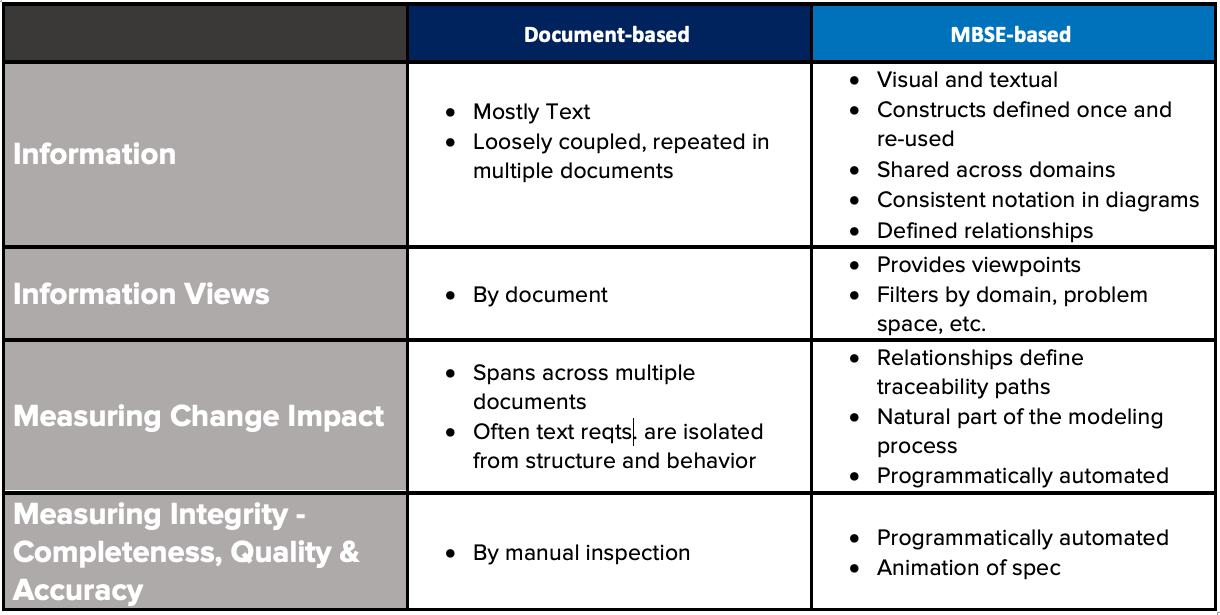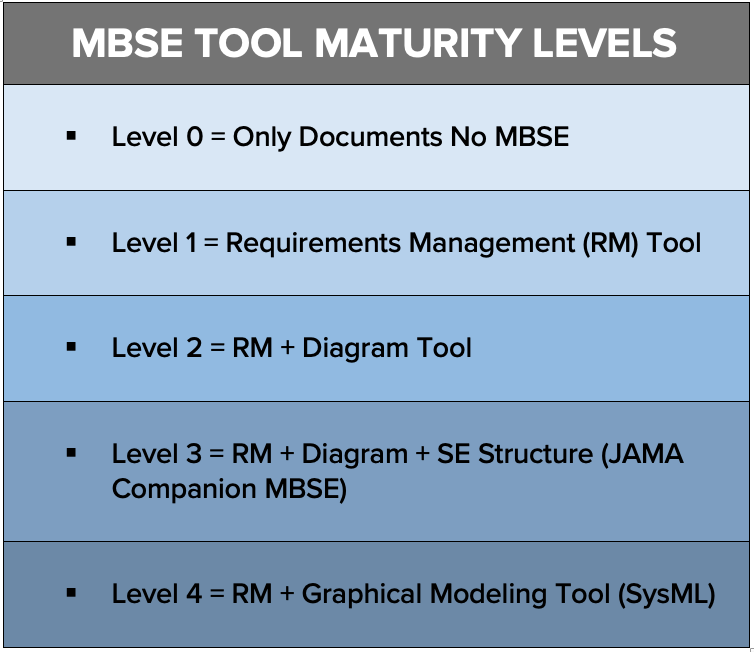Requirements Traceability – Does My Data Model Matter?
Nearly all engineering organizations have one or more initiatives underway to improve their product development process. Live Traceability™, Model-Based Systems Engineering (MBSE), and digital engineering are the most common areas of focus. As engineers look over the fence and make fun of marketing types for being distracted by shiny objects, marketeers look back and see a similar behavior – just with geekier objects like SysML, digital twins, and simulation. The recurring pattern we see is that at some point during the early stages of the initiative, the realization hits that the data model for requirements across teams and projects is highly inconsistent and lacks consistent relationship rules among data objects. It becomes clear at this point that further progress on the initiatives cannot be made without first fixing the inconsistent and lacking data model.
Some teams will resist an effort to establish a consistent core data model. These teams will ask to keep the flexibility to refine their own engineering data shape and that is OK. The keyword is “refine” and not “define.” Having a consistent core data model, that some teams are allowed to refine for themselves, allows for innovation around the engineering process while still enabling process-wide, integration automation, Live Traceability, model-based systems engineering (MBSE), and digital engineering.
Current Requirements Data Model
For most companies, the data model mess came into existence through a project- and document-centric mindset with legacy requirements management tools. Each project team was allowed to modify their own data structures and each set of requirements lived alone as a document in a repository. This provided project teams with flexibility but over time and over dozens, hundreds, or thousands of projects has led to a challenging situation. We often find that teams have defined the same information in numerous different ways and that even within the same teams there is significant variance across documents. In short, the best way to describe the situation is as a repository of thousands of self-contained documents and no data model exists nor even a common definition of objects upon which to achieve Live Traceability, reuse across projects, MBSE, or digital engineering.
RELATED READING: Requirements Traceability – How to Go Live
Achieving Live Traceability™ with Jama Connect®
Jama Software®‘s Live Traceability™ allows engineering teams to quickly and easily access the latest and most complete information for any requirement, no matter the stage of development or tools used. This real-time capability boosts productivity by ensuring teams work with the latest data and reduces risks like delays and defects by finding issues early. Research shows that issues found late can be much more expensive to fix, which is why Live Traceability is so important. Jama Connect® helps overcome the limitations of older tools, leading to better results in many industries such as automotive, medical devices, aerospace & defense, and more. To learn more, visit Buyer’s Guide: Selecting a Requirements Management and Traceability Solution
What is Necessary to Move Forward
Organizations invest in software tools but have forgotten to invest in their data. A consistent data model is the best way to maximize the benefits of software tooling, but can only be achieved by spending time on analysis.
Jama Software has developed a Data Model Diagnostic™ (DMD) to help tackle this challenge, taking data from your legacy tool (IBM® DOORS®), understanding its shape and size, and transitioning the data into a model-based framework (Jama Connect™). The DMD automates the analysis of the existing documents to determine the most common object definitions upon which to base a consistent data model going forward. Once a data model has been determined, the next step is to implement a model-based, requirements management solution that ensures compliance is maintained. As opposed to a legacy, document-centric requirements management tool, a model-based one ensures consistent application of all objects AND defines and maintains the relationship rules among the objects. This forms a model representation of the requirements in a consistent manner across projects and is a necessary requirement for MBSE and SysML modeling.
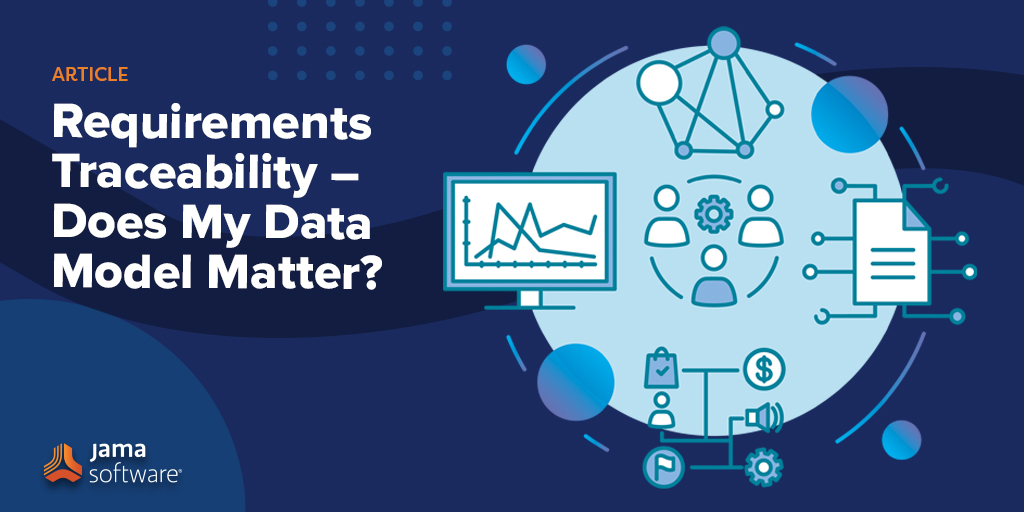
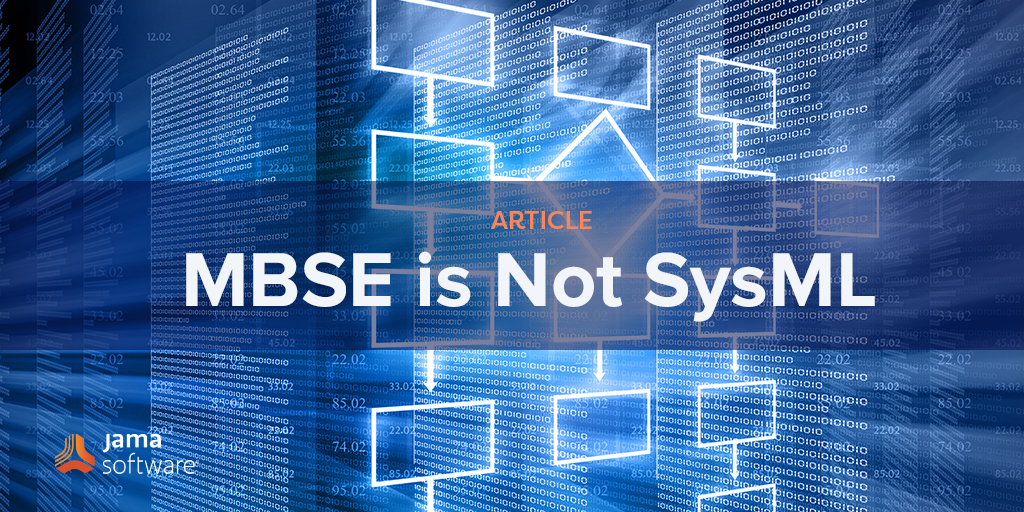 With the trend of organizations practicing Systems Engineering to move towards what is referred to as “Model-based Systems Engineering” (MBSE), there are various perspectives as to just what is meant by MBSE. Similar to the old story of the blind men and the elephant, MBSE cannot be effectively practiced when viewed from just one perspective (requirements, models, patterns, standards, industry specific application, etc.). To successfully practice MBSE, wise systems engineers recognize and use each perspective as appropriate to their specific needs. Based on these needs, they choose the appropriate capabilities, tools, and visualizations that will meet their needs. One size doesn’t fit all.
With the trend of organizations practicing Systems Engineering to move towards what is referred to as “Model-based Systems Engineering” (MBSE), there are various perspectives as to just what is meant by MBSE. Similar to the old story of the blind men and the elephant, MBSE cannot be effectively practiced when viewed from just one perspective (requirements, models, patterns, standards, industry specific application, etc.). To successfully practice MBSE, wise systems engineers recognize and use each perspective as appropriate to their specific needs. Based on these needs, they choose the appropriate capabilities, tools, and visualizations that will meet their needs. One size doesn’t fit all.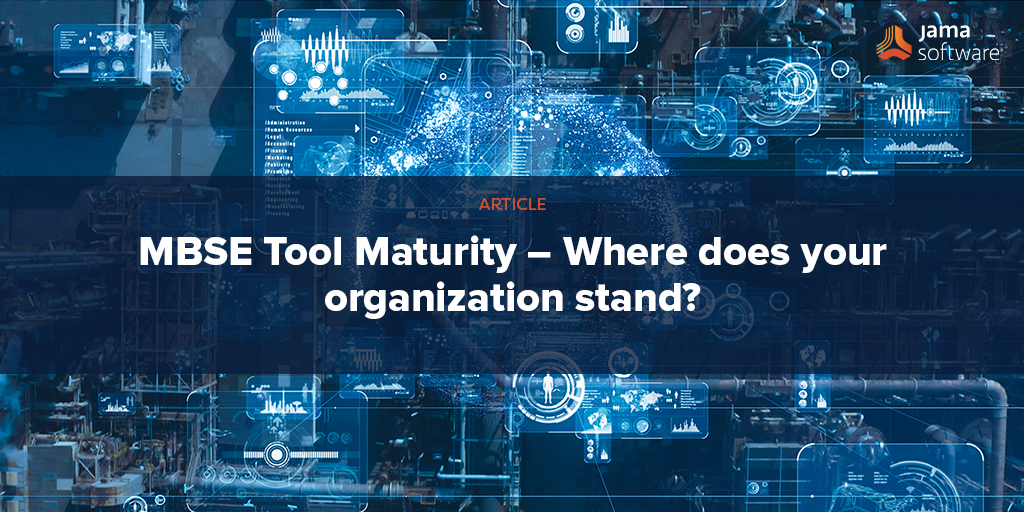 My initial intention for this blog was to talk about what I describe as MBSE tool maturity levels. And I will surely get around to those levels. But first I think it is important to draw attention to the definitions of MBSE that experts use and offer some observations that might be helpful to those who are beginning their own MBSE initiatives.
My initial intention for this blog was to talk about what I describe as MBSE tool maturity levels. And I will surely get around to those levels. But first I think it is important to draw attention to the definitions of MBSE that experts use and offer some observations that might be helpful to those who are beginning their own MBSE initiatives.